As an early-stage founder, you may encounter one or more indicators of an unhealthy organisational culture: complacency leading to unmet revenue targets, high employee turnover rates, hesitation from team members to challenge leaders and offer unique perspectives, or the lack of accountability from employees.
These cultural indicators are often perceived as “people problems,” leading you to
believe that hiring the “right” individuals or firing the “wrong” ones will resolve the issue.
However, this approach merely addresses symptoms, but not the root cause.
While culture can be an amorphous topic, there exists a clear correlation between
specific factors acting as inputs that ultimately shape the output – i.e. your organisational
culture. These inputs are Values, Strategy, Structure, Process, and People. Failure to
design these factors intentionally may result in a haphazard culture that fails to
support your organisation’s objectives and desired outcomes.
Organisational culture can be defined as the shared beliefs and behaviours of your
employees—a collective of “how we do things around here.” It is essential to recognise
that culture is not just what happens when you’re watching—it’s even more important
when you’re not.
In the early stages of a startup, culture seems effortless. The small team size fosters fluid communication and direct interaction with the founders, allowing employees to naturally understand and adopt expected behaviours. As your organisation grows, preserving the culture you once had under control becomes progressively more challenging.
Before dismissing these issues as “people problems,” it is vital to consider the underlying factors in this sequence: Values, Strategy, Structure, Process, and People. While each of these factors merits its own exposition at length, we will briefly explore their core essence here.

Values
Begin with the core values of your company, which serve as the roots of your organisation. They inform your strategy, structure, and processes, and ultimately drive employee behaviour. They become your filter for decision-making.
- Are you clear about what the company’s core values are?
- Do these core values support the vision and mission of the company?
- How do you communicate these values to your employees?
It’s not enough to say that your values are “Integrity,” “Excellence,” and “Agility.” These words can mean different things to different people. You have to go through the exercise of articulating what each of them means in your company.
Repetition of stories, rituals, language, and symbols are powerful vehicles to embed the values into your organisation.
Strategy
Strategy is simply an intentional decision on where to focus the company’s resources, time, and energy. Choosing a strategy must involve trade-offs. The wrong strategy can significantly affect the downstream factors–and ultimately, culture. You may want to ask yourself the following:
- Who is your ideal customer and how do you determine this?
- What is the problem you’re trying to solve for your customer? A problem well-stated is a problem half-solved.
- How are you solving the problem differently from anyone else?
- What are you NOT going to do?
A common trap is spreading your focus too thin. You have limited resources and finite energy. A good strategy with a higher probability of success comes down to how you utilise your energy.
Structure
Structure follows strategy, as form follows function. Just as an architect designs a building based on the key functions it should serve, an organisation’s structure should also be designed to achieve its strategies. The organisation’s structure lays the foundation for how processes flow and how the people within the structure behave, which in turn influences the organisational culture.
- Have you designed your structure around your core processes rather than the people in your organisation?
- Which functions require decentralised autonomy and which ones require centralised control?
- Does each function have clear accountability areas and success measures?
If your strategy changes, then change your structure. A common misstep is when a structure is allowed to organically evolve without intentional design. Signs that your structure is failing to support your strategy and values include the CEO or founders becoming a bottleneck for decision-making, core customer or product processes slowing to a crawl, or people seemingly not doing what you want them to do.
Process
Processes are the systems, policies, and procedures (whether formal or informal) that you can intentionally design to reinforce your structure, your strategy, and your values. How meetings are run, how information is shared, and what expenses are reimbursed are examples of seemingly insignificant processes that can significantly impact employee behaviour. The goal is to design processes that align with the upstream factors to achieve a healthy organisational culture.
The most powerful levers that drive behaviour are your people practices. How you hire and fire; how you define what “good” performance looks like; and how you reward and develop your employees play a major role in how the employees in your organisation will behave. These processes are the closest to the next downstream factor: the people.
People
When all the upstream factors are designed with intention and aligned, people who don’t sit well with these factors stand out like a sore thumb and don’t last in the organisation for long. In fact, they won’t even make it into your organisation in the first place. When done right, it’s easy to articulate what type of people will thrive in your organisation.
Every organisation is perfectly designed to deliver the results it delivers. That is, every layer of an organisation—from its Values to Strategy, from Structure to Process to People—is designed with the intention to reinforce the upstream factors, and the impact on the downstream factors is considered. The combination of these factors can result in an organisational culture that could either compare to a world-class orchestra or a cacophony of instruments playing out of sync. You are the conductor and only you can bring an orchestra together.
Rachel is the Principal of People and Platform at Wavemaker Partners. She leads Organisational Development at Wavemaker and provides support to portfolio companies in the area of People and Organisation.







